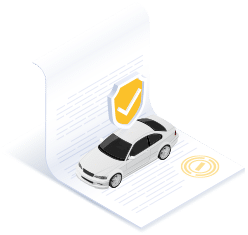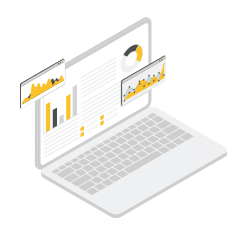Driving the future
of inspections
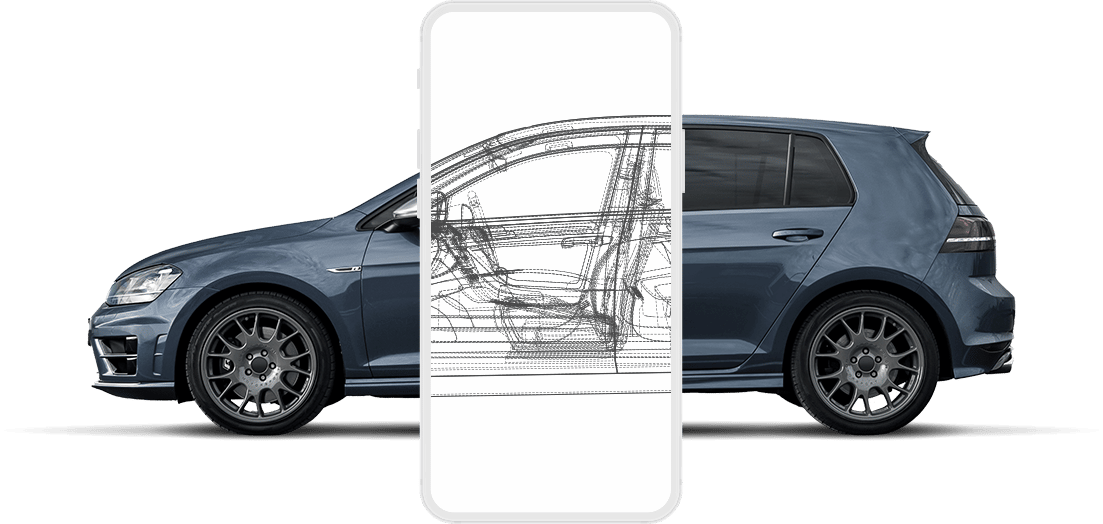
Making
touchless
inspections
a reality
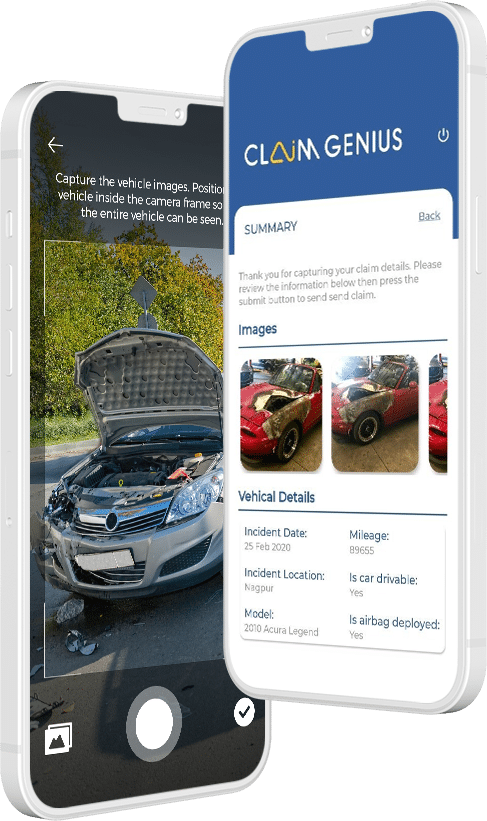
Built on GeniusAI
01

Engine
Tested & validated AI
damage estimation engine
with over 95%
vehicle coverage
02

App
A white labeled app that
allows users to capture
images & videos
of damaged vehicles
03

Dashboard
Easy and intuitive dashboard
to quickly & efficiently review,
adjust, modify
& approve estimates
04

API
Easy to integrate
API within your
existing
inspection systems

Committed to
deliver impact
We don’t just make tall claims. Our revolutionary solution reflects on your bottom line and your customer satisfaction meter as well. So, here’s the proof of the pudding.
85%
Accuracy for Repair/Replace
50%
Reduction in handoffs
& settlement time
75%
Enhanced photo/video
capabilities
50%
Time and
cost reduction
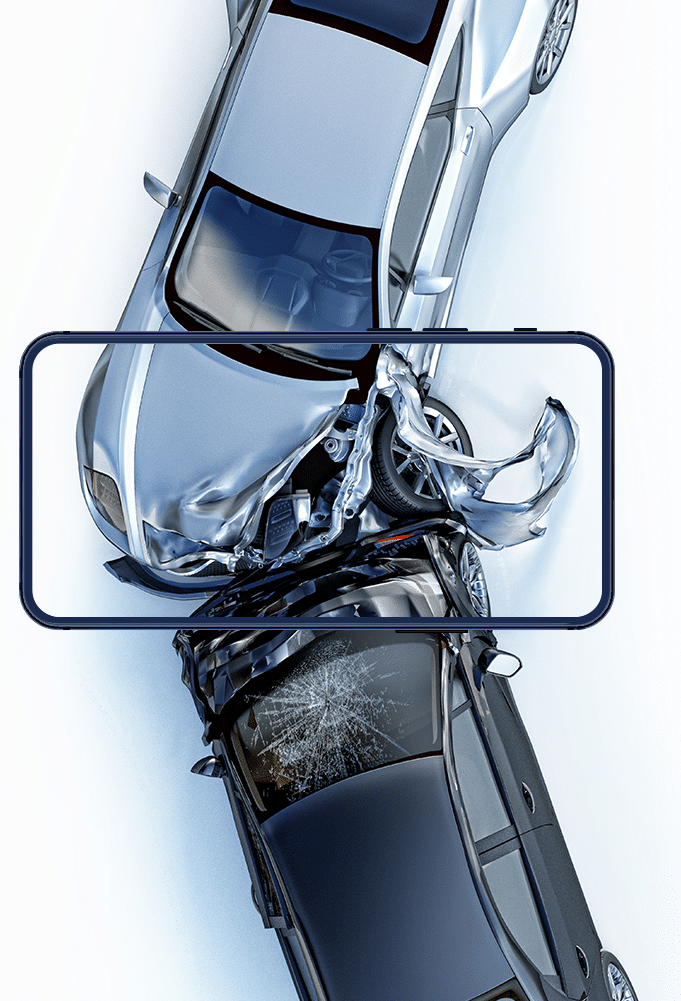
Partners
